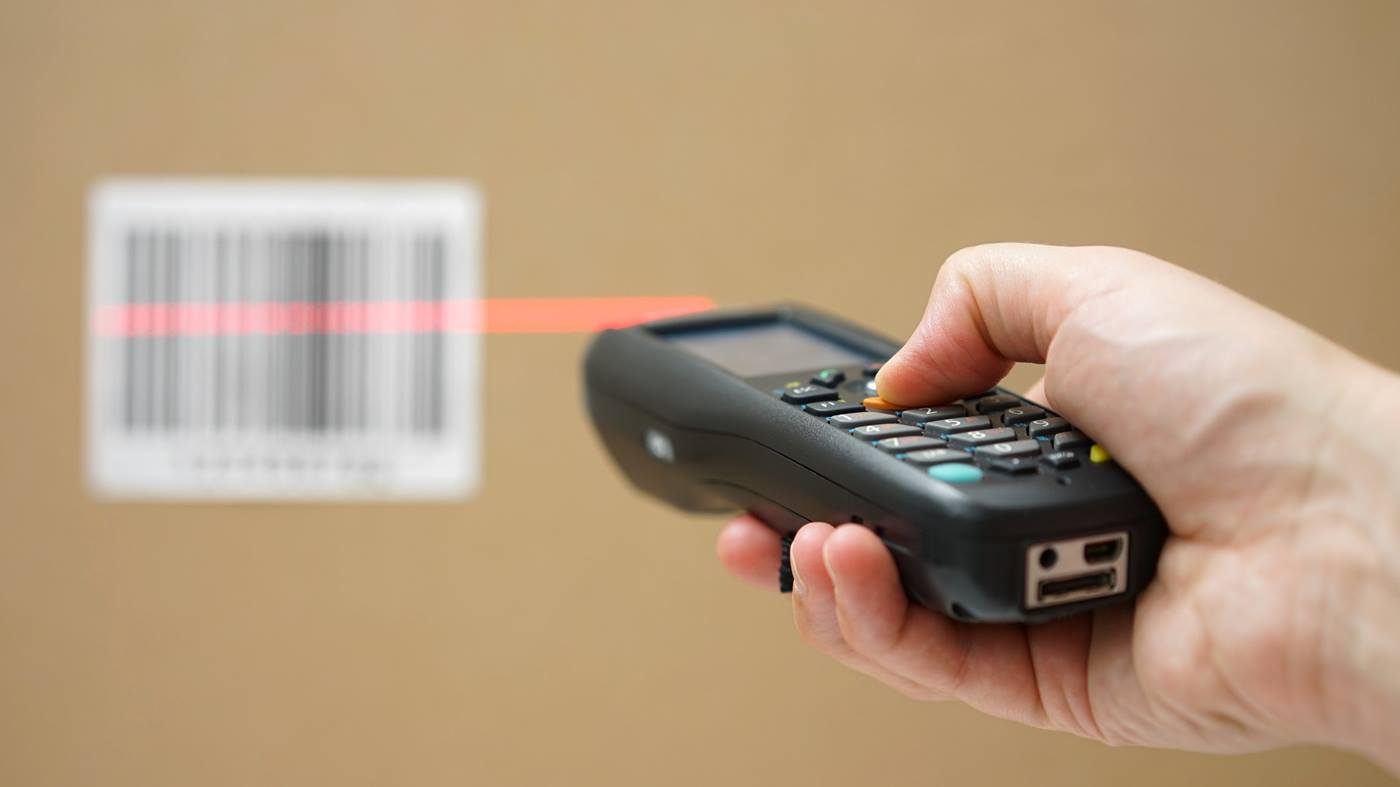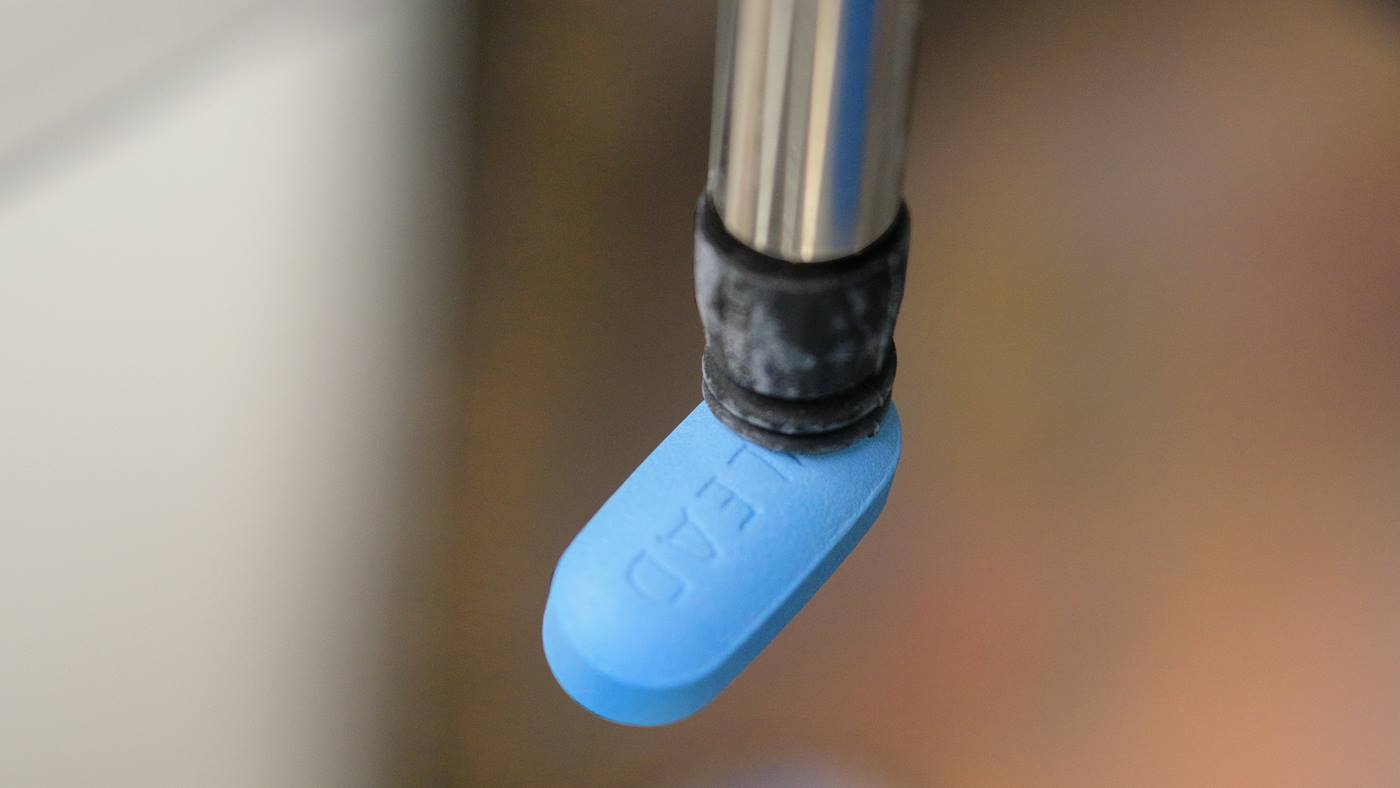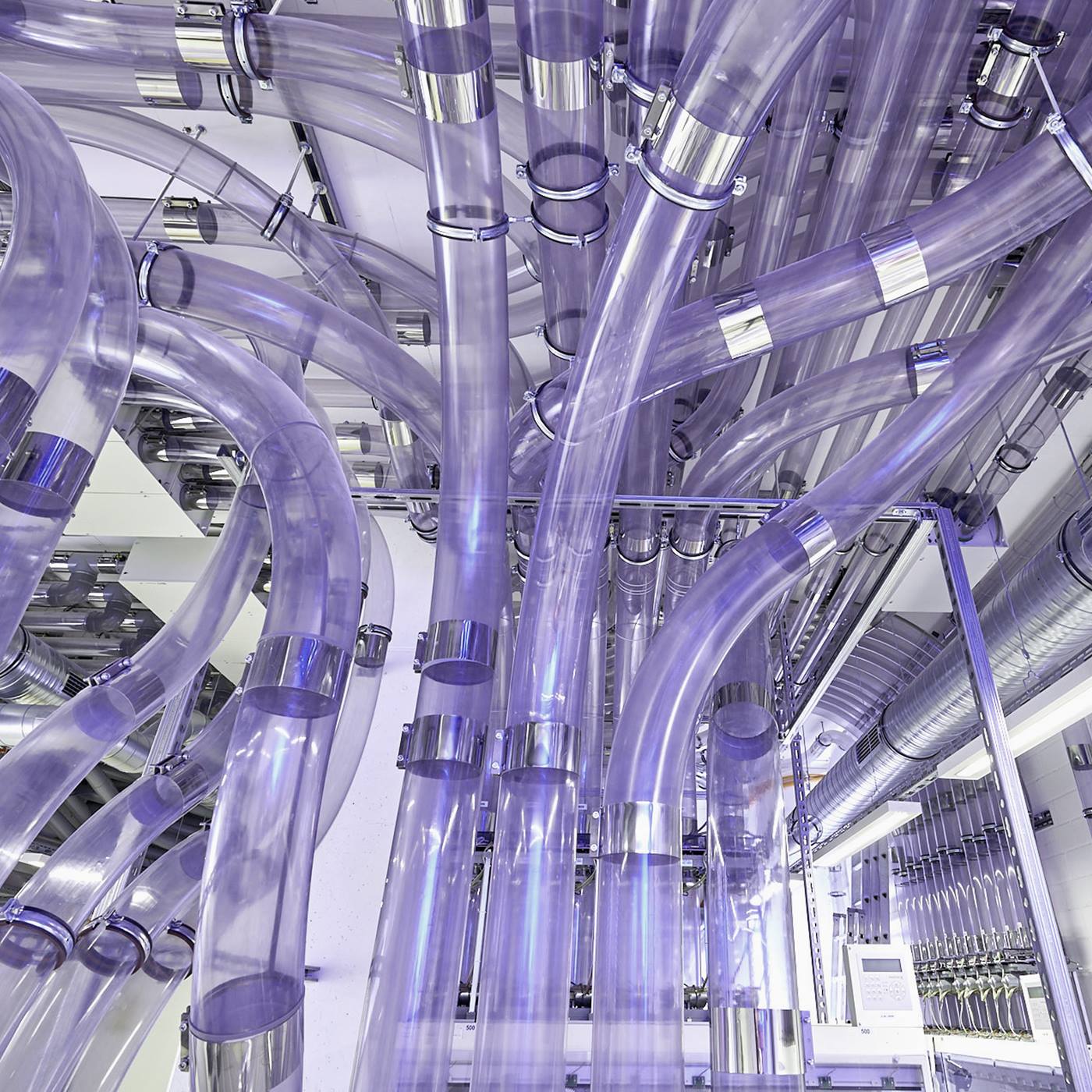
Medication Management for more patient safety
Professional and timely handling of medicines is a prerequisite for guaranteeing the health and safety of patients. Therefore, you should take a responsible approach to organising your pharmaceutical supply and rely on a structured management of medicines to avoid medication errors and supply bottlenecks. An automated medication management system supports you in this process: to avoid errors and increase patient safety.
Why is medication management so important?
Holistic medication management improves the way nurses and caregivers work while ensuring patient safety. Moreover, the system helps you keep track of all costs and can even reduce them thanks to automated processes. Due to our medication management solution, nurses save a lot of time by eliminating manual steps. These free resources can be used for further patient care. A further advantage is the transparency of medicine management: fewer medication errors occur - thus improving patient safety and the quality of care.
In particular, medication management includes the following care areas:
- Transport
- Data processing, documentation and track & trace software
- Robotic dispensing, storage of medicines and dispensing
- Provision of patient-specific unit-dose therapies during an inpatient stay
- Reliable cold chain management
- Adherence to the medication prescription
By combining transport, data processing and patient-specific dosage, you can create a holistic approach to ensure optimal medicine delivery for your patients. This ensures that the right medication is available at the right time and in the right place – without additional time expenditure.
In which areas is medication management useful?
A holistic approach to medicine supply offers your hospital the optimal solution to ensure patient safety and improved medicine supply with transport solutions and pharmacy automation and the appropriate flexible medication track and trace software.
-
Automation solutions for hospital pharmacies
Hospital pharmacies also benefit from streamlined workflows and the efficient inventory that medication management offers. Robotic dispensing allows you to maintain an overview of the inventory management of your medicines packaging, storage and retrieval. This results in the following advantages:
- Safe therapy administration
- Exact dosage
- Optimised stock levels
- Increased efficiency
- Maximum productivity
- Improved dispensing of medication
Medication management automation is a also valid support for consolidated service centres. Hospitals can network with each other, to centralise the purchasing and warehousing of medicines and medical supplies. Medications are stored centrally in an automated warehouse, and then delivered to the hospital based on schedules and consumption. This results in optimised medication availability, data analytics, but most of all, it is possible to significantly reduce waste and the cost of stock.
-
Transport automation
An important part of medication management is automated medication transport, which makes it possible to track medication dispensing from the central pharmacy to the patient. The fully integrated medication management software solution allows you to track the route of the medicines and thus, increase patient safety in the hospital and ensure proper treatment. In addition, you increase traceability and response time because you always know which destination each drug has arrived at. Transportation is carried out via a pneumatic tube system, for example, which can save considerable time and costs.
Q&A
How does a hospital achieve a holistic medication management process?
Automation can help create a seamless supply chain system within a hospital. The first step into automation, however, can be a daunting one. It may require integrating and coordinating several hospital departments such as the pharmacy and nursing. Also, the hospital’s IT team is an essential factor and must be clear about all needs and concerns right from the beginning.
We can break down the first steps towards automation by considering the most important questions. What does the IT landscape look like? What are the nurses’ top 3 concerns? What does the pharmacy hope to gain from automating their current workflows?
Hospitals take different approaches towards automation:
- Scalable systems at the point of care: Automated dispensing cabinets ensure that the right drug is picked for the right patient.
- Reduced walking distances for nurses: The pneumatic tube system TranspoNet takes over transport tasks.
- Modular systems in the central pharmacy: Pharmacy storage systems like BoxPicker automate medication stock. Its modularity makes it easy to scale up and automate more stock when necessary.
We provide consulting services to find the best solution for you. Take the first step towards holistic medication management.
What are current challenges in medication management?
Medication management challenges are wide-ranging. Ensuring high availability of required medications while staying in budget, proper documentation in compliance with local legislation, and the coordination between multiple hospital departments involved in medication management can put anyone off the “Automation Dream”. Why mess with a process that is already working when the patients are well taken care of?
Choosing the status quo also means choosing manual inventory checks to ensure all medications are accounted for. It means deciphering handwritten notes to confirm that documentation complies with local legislation for high-risk medications and narcotics. Which drugs to stock impacts your budget but is only based on individual experience.
By taking a scalable approach, we can help you gradually incorporate today's technology into your healthcare services at a pace that works for you and your patients.
What role do pharmacy and nursing staff play in medication management?
Pharmacy and nursing staff are at the heart of medication management. They work closely together to adhere to the 5 rights of medication. Automation solutions improve their efficiency without compromising patient safety. This also combats the prevailing global labor shortage in the medical sector.
Automated robotic dispensers relieve pharmacy staff of mundane manual work such as packing and labeling. They also increase accuracy when picking and dispensing the right medication for ward stock and/or patients. Automated dispensing cabinets ensure nursing staff picks the right drug for the right patient at the right time, and they automatically send replenishment orders to the pharmacy.
Human error is the biggest contributor to medication errors in hospitals. More automation – less human touch – increased patient safety. System-guided replenishment and picking processes create a standard operating procedure that ensures optimal medication management with existing staff.




